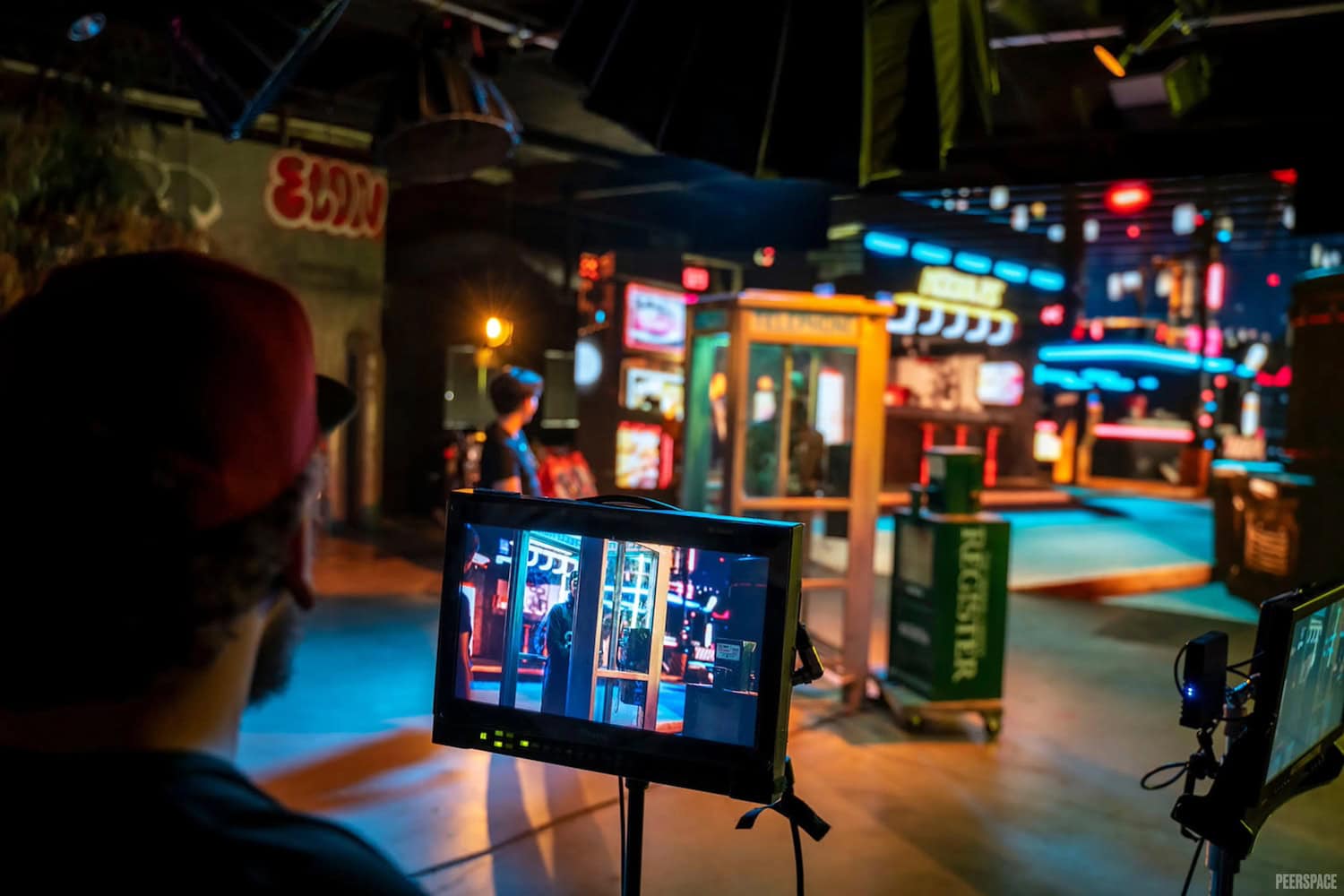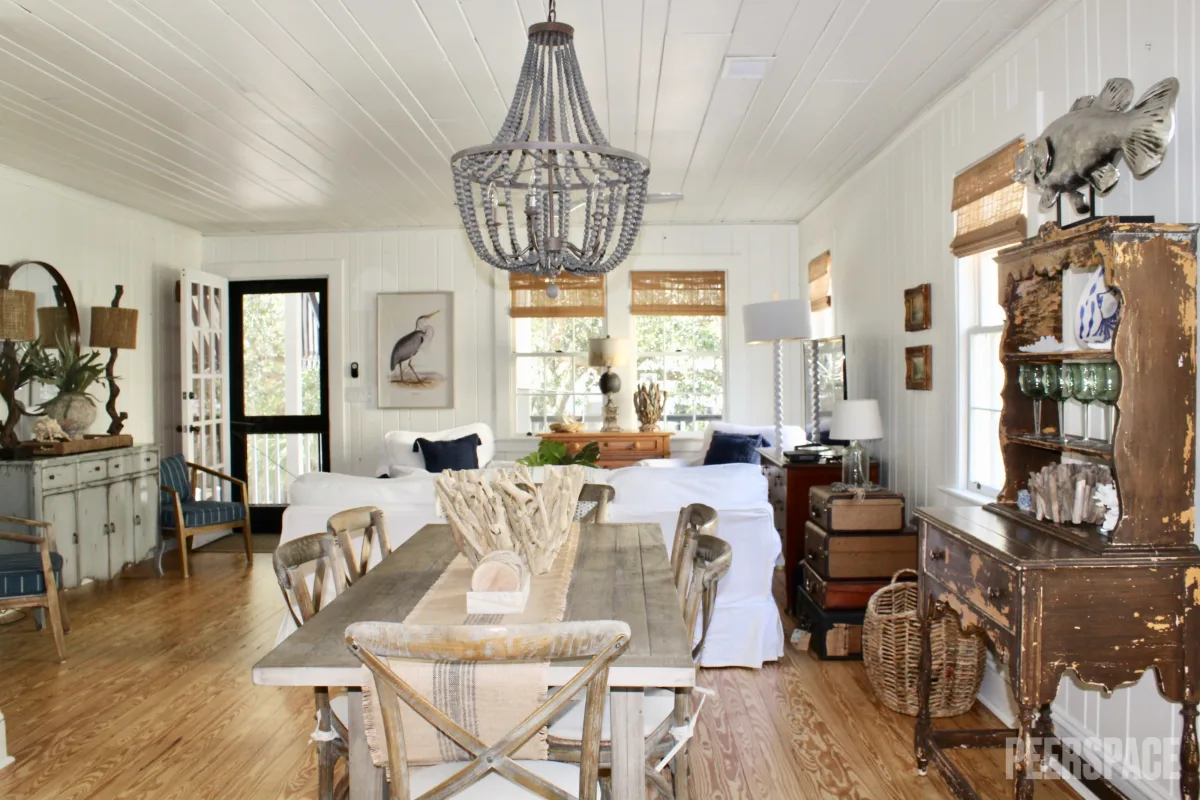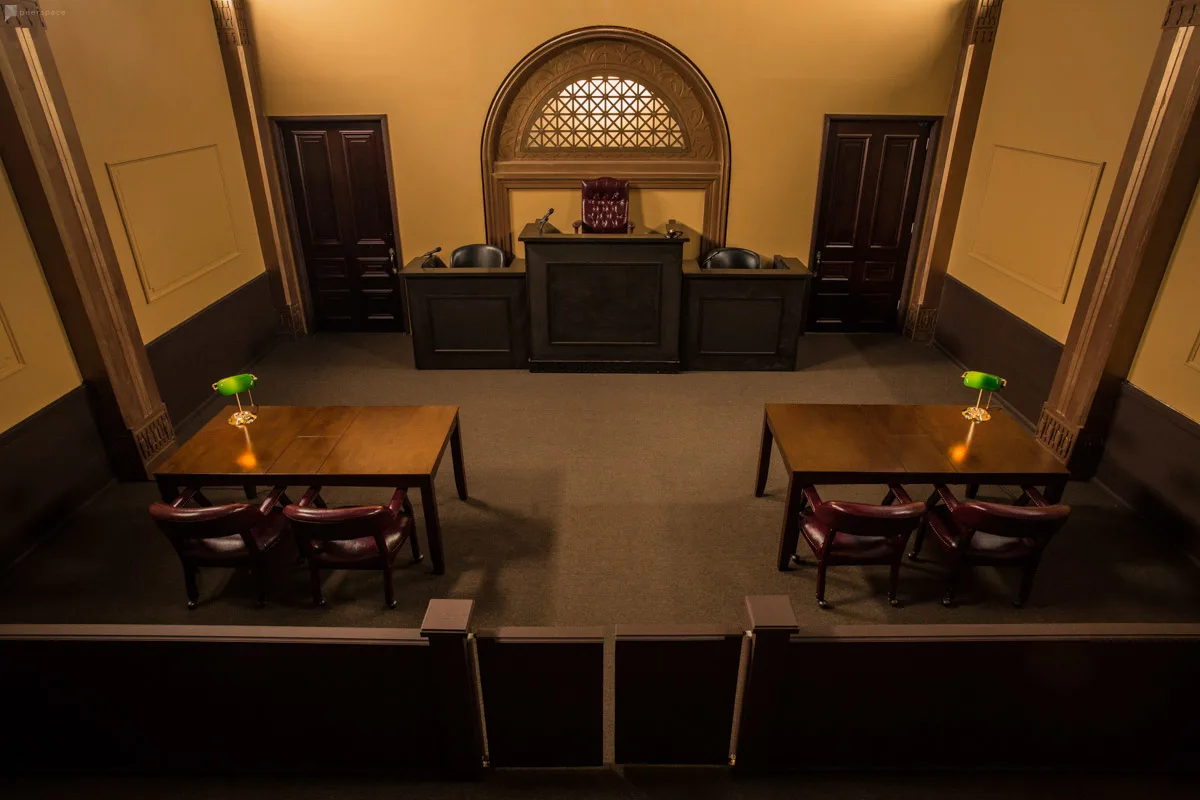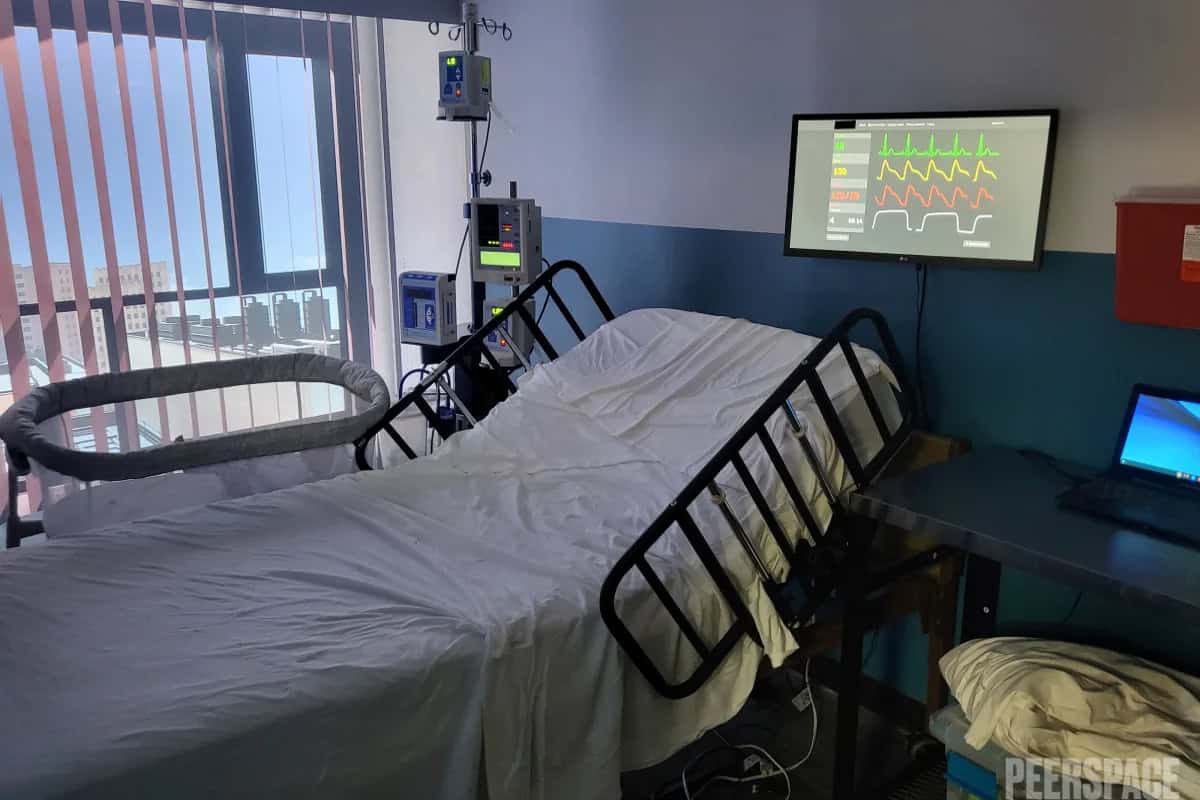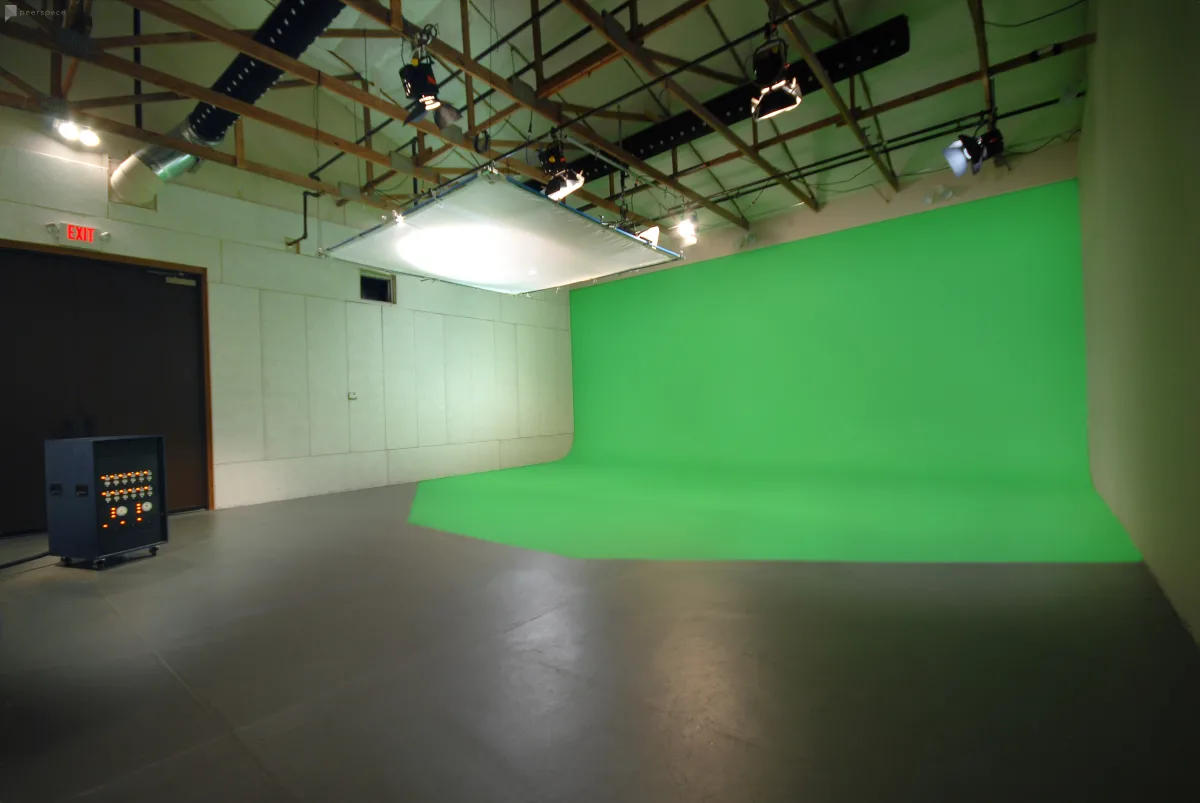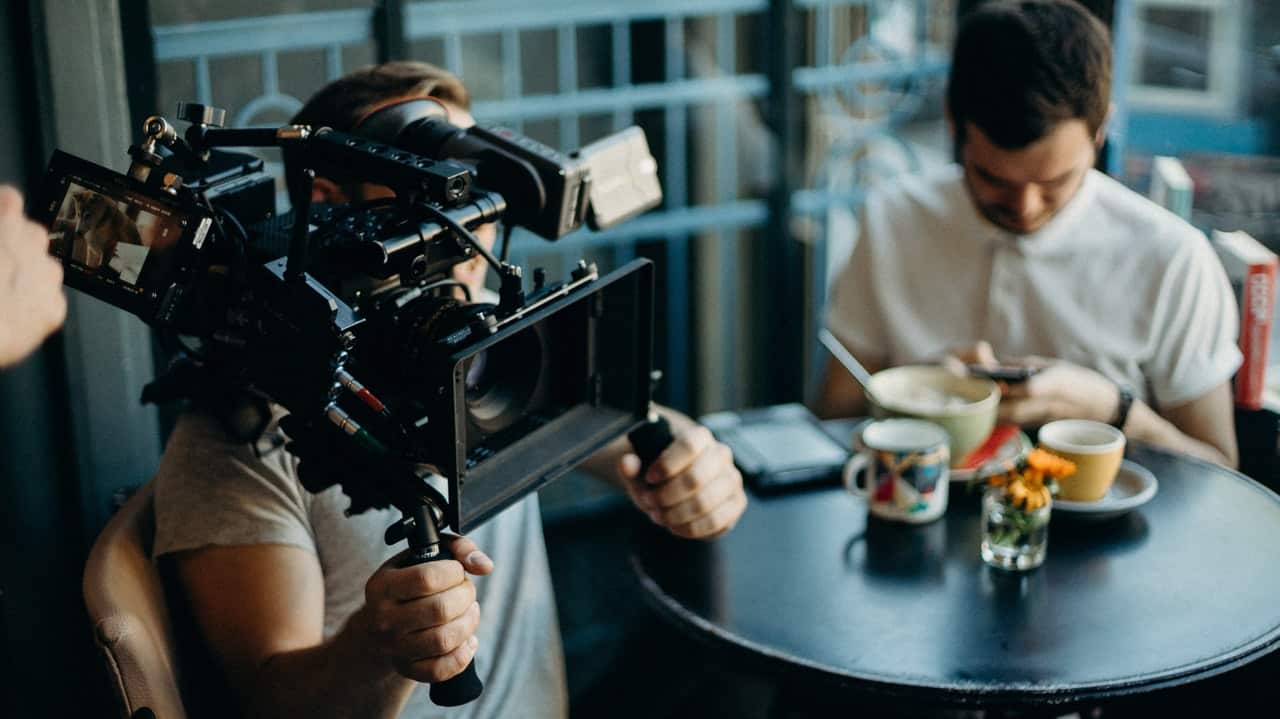
Source: Pexels / cottonbro
Production locations on Peerspace typically cost $60 — $180 per hour.
See unique production locations- A quick note on film shooting locations
- What is a shooting schedule?
- What is the shooting schedule template?
- How to make your own shooting schedule template
Looking for a shooting schedule template? It’s a smart filmmaker’s trick that can help keep your production on track. It often surprises many young filmmakers to realize how many documents they need during film production. But again, it takes a lot to keep the ship sailing smoothly.
There are many people involved on set with a specific job for each and it’s imperative to keep everyone on the same page. And with that, enter the shooting schedule. The shooting schedule template is a tried-and-true method that industry professionals rely on, so it’s important to have an understanding of what that template entails. In this guide, we detail the importance of your shooting schedule and share a template that helps you design a shooting schedule for your next film project. Let’s get started!
A quick note on film shooting locations
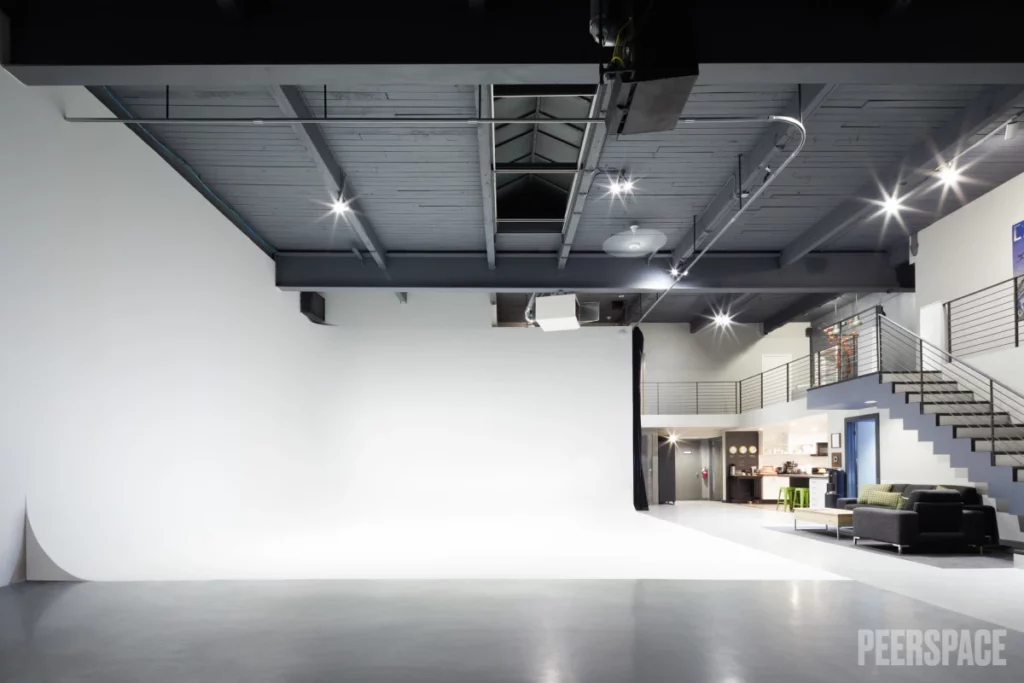
As the largest online marketplace for hourly venue rentals, we at Peerspace not only strive to provide you with helpful filmmaker’s resource articles like this one. We also connect you with the professional filming locations you need to bring your project to life.
Our platform makes it easy for you to find and book production-friendly homes, studios, restaurants, art galleries, rooftops, lofts, and any other place your production takes you. With Peerspace, you can act as your own location scout, discovering unique spaces that both welcome your production and help you stay on budget.
Some of our favorite production spaces available to you through Peerspace include:
- This full-service video, photo, and live broadcast production studio in Seattle, WA (pictured above).
- This spacious, stylish downtown loft in the Bowery of New York City, NY.
- This Bali/Tulum-style backyard in Miami, FL for exotic waterfront productions.
- This production studio with a private all-white room in Atlanta, GA with props and equipment.
You get the idea! With Peerspace, finding amazing film settings is easy and fun. But now, stick around while we talk about shooting schedules and creating your own shooting schedule template.
What is a shooting schedule?
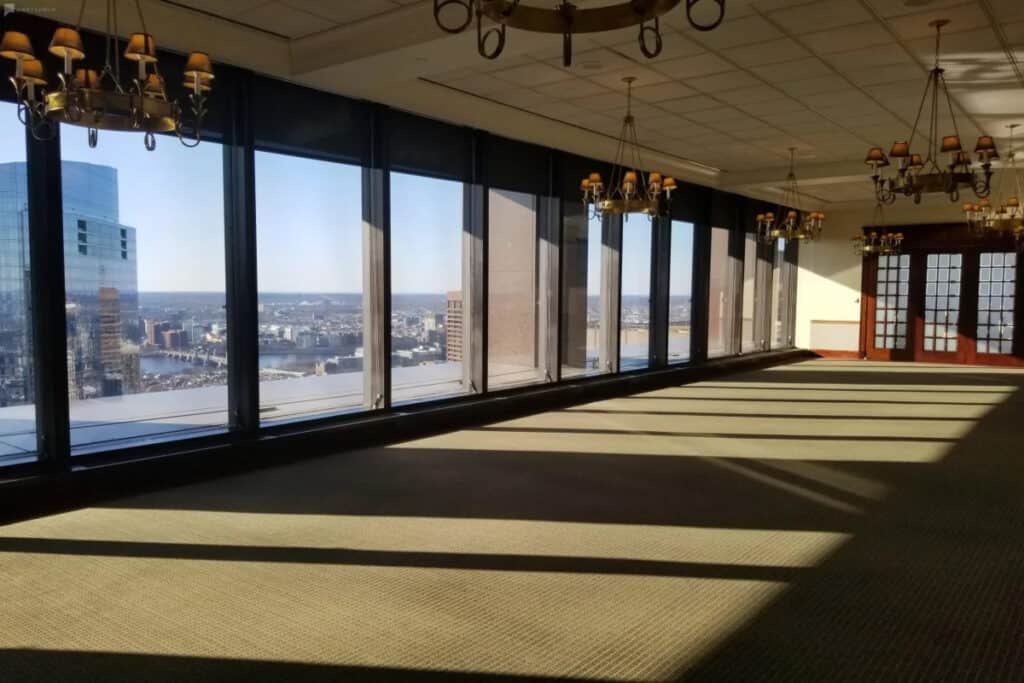
A shooting schedule includes the entire schedule for the film shoot through to the end. It is a schedule given to everyone involved on set and includes each location, the resources needed (props, make-up, effects), and the cast involved. It pinpoints the time required for each scene based on the page count and talks with different heads of departments such as the cinematographer, location manager, and director. The assistant director plans this meticulous level of planning as they take charge of all logistics on set, especially related to scheduling.
With the help of a shooting schedule, each department can be on the same page about what they need to prepare without confusion or unnecessary questions. This allows the film crew to plan ahead when it comes to call times, wrap times, and their individual jobs. It is also an important part of setting a deadline for a film based on the estimations on the shooting schedule.
Got a movie to sell? Then learn how to write an amazing movie synopsis that gets producers interested.
What is the shooting schedule template?
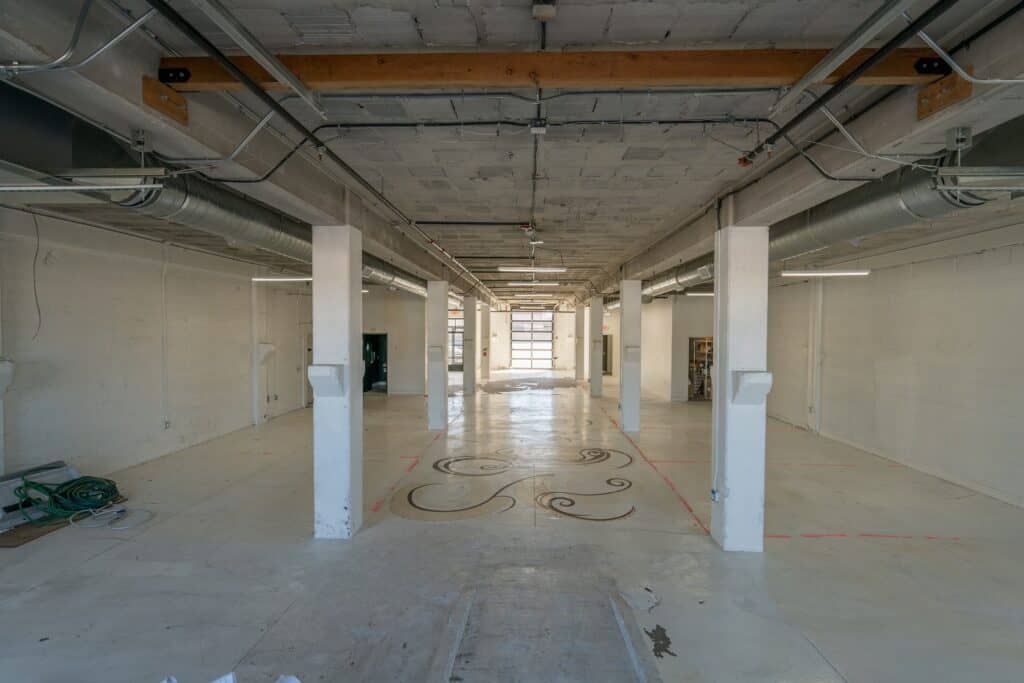
Shooting schedules must have several pieces of information to be as efficient as possible. These templates will have a section for every scene number listed in shooting order. It will include a short, one-sentence description of the scene along with the set heading often found on a scene header in a script for easy identification. It will include if that scene is an interior (INT.) or exterior (EXT.) scene as well as if it’s a day or night shoot. This helps add context to what the workday – or night – will look like and what kind of lighting to use for it.
Story
Something that helps with continuity is adding what day it is in the story. For example, say a story takes place in the span of seven days, each scene should then have the appropriate day it applies to within the story. This can help the wardrobe department figure out what costume to give the actors for that day. It can even help determine how an actor looks by that point in the story for hair and makeup purposes.
Page length
The page length is also noted with each scene because it is what initially determines how long a scene might take to shoot. Script pages are normally eight inches in length; therefore you can measure the script in eighths of a page. One page on average is one minute of screen time, without counting possible visual effects, stunt choreography, or emotionally heavy scenes. So within the shooting schedule template, you could jot down for a scene, “1 and 3/8”. Depending on the shoot, a five-page shoot day is pretty standard.
Cast
Another factor you need for your shooting schedule is to write in which cast members are in the day’s scenes. This helps schedule what days to bring in the characters and juggle around the scene order. Assistant directors avoid having actors waiting around, especially on indie sets where actors might not get cozy trailers to spend the hours in between scenes.
Therefore, the key is to cluster scenes for them to have a good workday and also to give them days off. They work with the actors’ schedules as well as taking into account emotionally draining scenes. This can help create a safe environment for them to emote. Often the actors’ names aren’t on the schedule. But rather their characters have identification numbers and those numbers are the ones on the schedule for a cleaner look.
Location
The last required part of the schedule is the addition of a location address or title. Obviously for a location listed as “[Main character’s] apartment,” a real-life equivalent is needed to shoot in, like any of the filming locations you booked through Peerspace. If the location is a studio lot, write the studio in along with the address, if it’s a location, the address. Always include the address! It helps with emergencies, everyone can reference it, and people can plan ahead.
All this information is in a streamlined template known as a stripboard. Each strip section contains the scene and the necessary information. All the strips are in shooting order and will have individual strips in different colors to show where the shoot day ends and the next begins.
Additional strips note company moves. This includes any time a location changes and the crew needs to meet at a new location on the same day. For a thorough schedule, make sure to note the time it will take to get from one location to the other. Also, it’s motivating to see meal breaks in the schedule and if possible an estimated wrap-time for the crew.
How similar are shooting schedules and call sheets? Learn all about it with our guide: what is a call sheet and how to make one.
How to make your own shooting schedule template
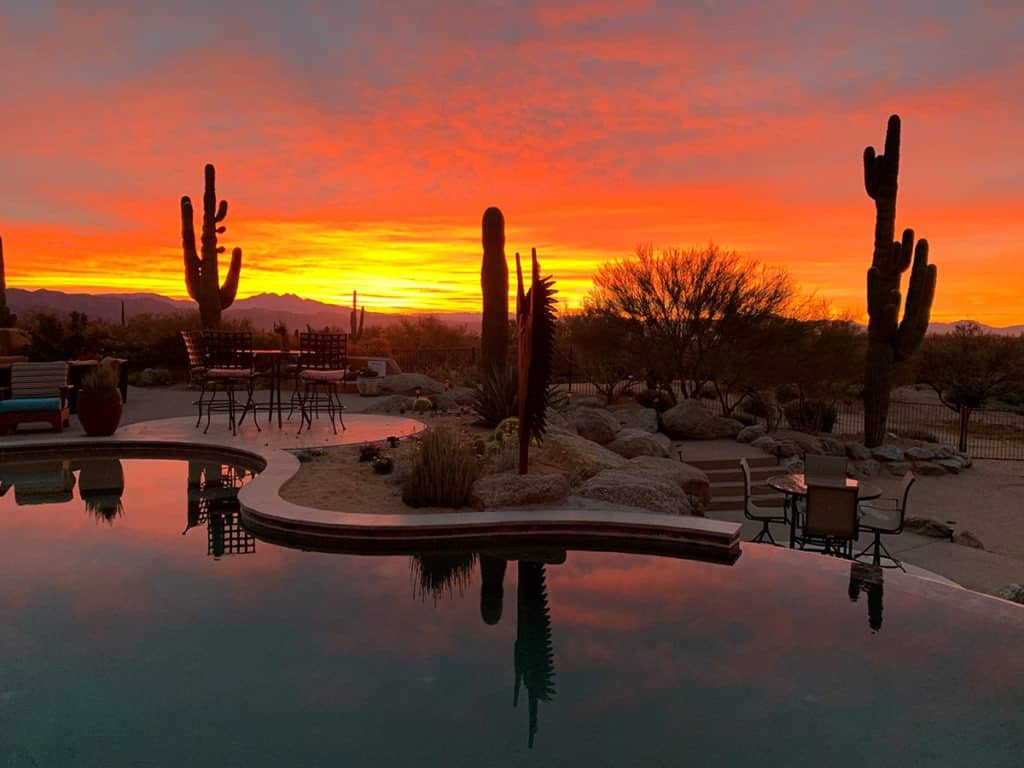
You don’t have to worry about putting a shooting schedule together yourself. In fact, there are programs specifically for making these intricate and often lengthy documents. The most popular is MovieMagic, however, you can create your own template with more low-budget software such as Microsoft Word or Excel. There are several templates online to play with and figure out what works best for you as well.
Shooting schedule template: conclusion
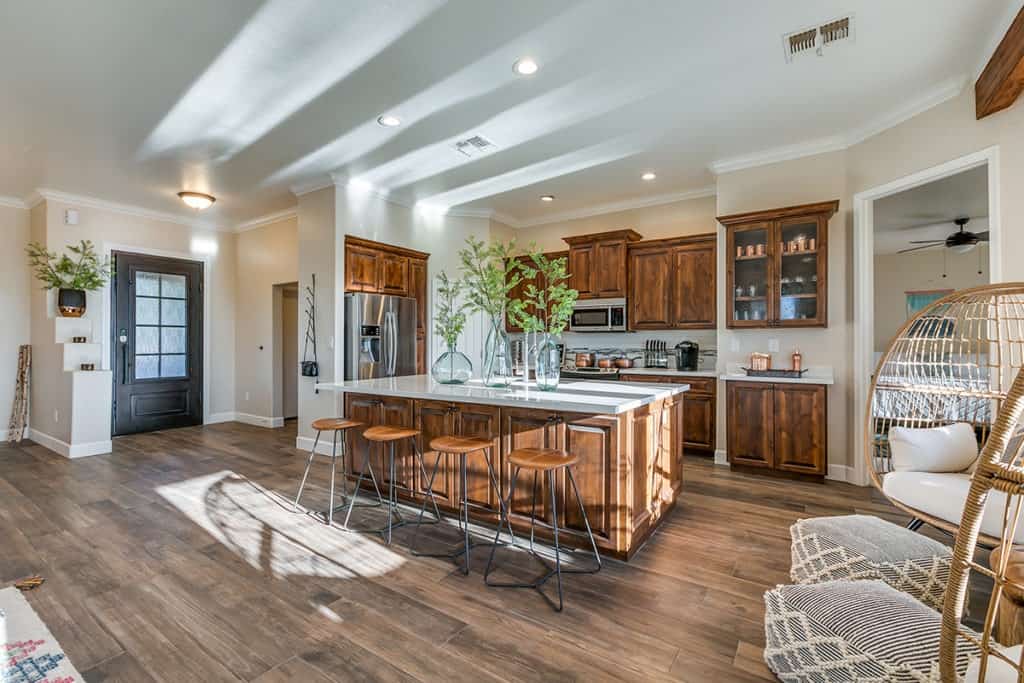
It really is an art to create a film schedule, especially the more massive the production. We hope this made you less wary about pinpointing your film’s logistics. It’s all about finding the right shooting schedule template for you and communicating with your crew.
And when you need a perfect production venue, rely on Peerspace for that, too. We are home to countless venues that make sensational settings for films, TV shows, and editorials. Professional hosts manage the venues, most of whom are familiar with the ins and outs of productions already. You can rent a space by the hour or the day and consult with your venue’s helpful host to help you source anything you need, from equipment to catering.
Find unique production venues on Peerspace
Get together somewhere better
Book thousands of unique spaces directly from local hosts.
Explore SpacesShare your space and start earning
Join thousands of hosts renting their space for meetings, events, and photo shoots.
List Your Space


